The words Spending Review may not instantly quicken the heart rate of many, but what we hear from the Chancellor Rachel Reeves will have an impact on what your life is like in the UK in the coming years.
It could be one of the defining moments between now and the next general election, as the government divvies up spending for the health service, defence, schools, the police, prisons, courts and much else.
After plenty of words about the government’s priorities, we will get a sense of the numbers. And yes, a sense of the winners and losers.
We can expect ministers to claim that much of what it has done in its first year in office has been about “fixing the foundations”.
That is code for the tricky stuff: think those big and in many places unpopular tax rises, such as the increase in employers national insurance contributions.
There is also a keen awareness that rarely has a new government suffered such a big whack to its popularity so fast. Yes a whopping majority, but just 34% of the vote last summer, and they have gone a long way backwards since.
Little wonder we can expect the chancellor to claim “this government is renewing Britain” but also acknowledge “I know too many people in too many parts of the country are yet to feel it”.
Baked into what we can expect to hear is an emphasis from Reeves of the importance of stability.
As an illustration of that, the chancellor recently returned from a meeting of G7 finance ministers in Canada, where she, not yet a year in office, was the second longest serving attendee around the table. It is a volatile world.
As the Institute for Fiscal Studies (IFS) and others have pointed out, the key decision above all others that we await in the Spending Review is how much money is allocated to the health service.
The NHS makes up such a big chunk of day-to-day government spending – about 40% – that how well or otherwise it does shapes everything else.
This has long been the case, particularly because it is often also gets a proportionately more generous settlement than others.
And, on top of that, what has changed more recently as well the government’s desire to spend more on defence too and to do so in an era of low growth.
If we put all these things together, you have an explanation for why other budgets will be squeezed.
Or, as Paul Johnson, the outgoing director of the IFS puts it, “this will be one of the tightest spending reviews in modern times, outside of the austerity period of the early 2010s”.
For much of the last week, the government has been leaning into the elements of its plan that it feels most comfortable selling: the long term, so-called capital spending on transport and nuclear power.
What gets squeezed and by how much is the detail we are waiting for.
Labour MPs have been invited in to see the chancellor and be talked through the plans.
The aim, as one person put it to me, was to give them “a song to sing”, things they can talk about when they are asked what the government is up to.
Plenty of Labour MPs I talk to welcome the long-term spending but are also acutely conscious of how bumpy politics feels right now and how important it is they are seen to deliver and deliver quickly.
“The problem with talk of ‘a decade of national renewal’ is so much of this stuff is long term and so we could get half way through the decade and then lose the election,” one MP reflects.
Folk in the Treasury are aware of this critique and particularly those who might point to some squeezed day-to-day budgets and claim we are experiencing what they see as austerity.
It has led those around Reeves to declare a “war on graphs” or, as Laura Kuenssberg reported the other day, a desire to point to graphs that help illustrate a key part of their argument in taking on this criticism.
They point out that when you combine day-to-day spending with capital spending, the graph is going up – the opposite of what some might describe as austerity.
“This is about four trillion pounds of spending,” one senior figure tells me. “We reset the foundations. This is stage two: setting things out. Then, we hope for the delivery.”
Let’s see.
The political and economic backdrop is perilous: an electorate without much patience, limited economic growth and a wildly unpredictable international landscape, not least President Trump.
Given what the government has chosen to prioritise – the NHS and defence – and the rules it has set itself with the aim of projecting economic competence, it leaves the chancellor with little room for manoeuvre.

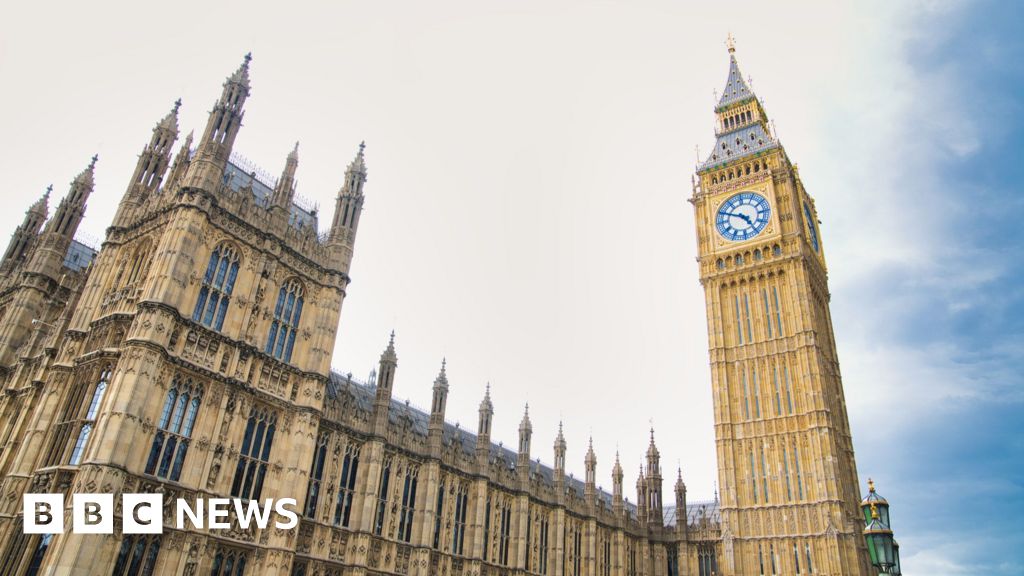



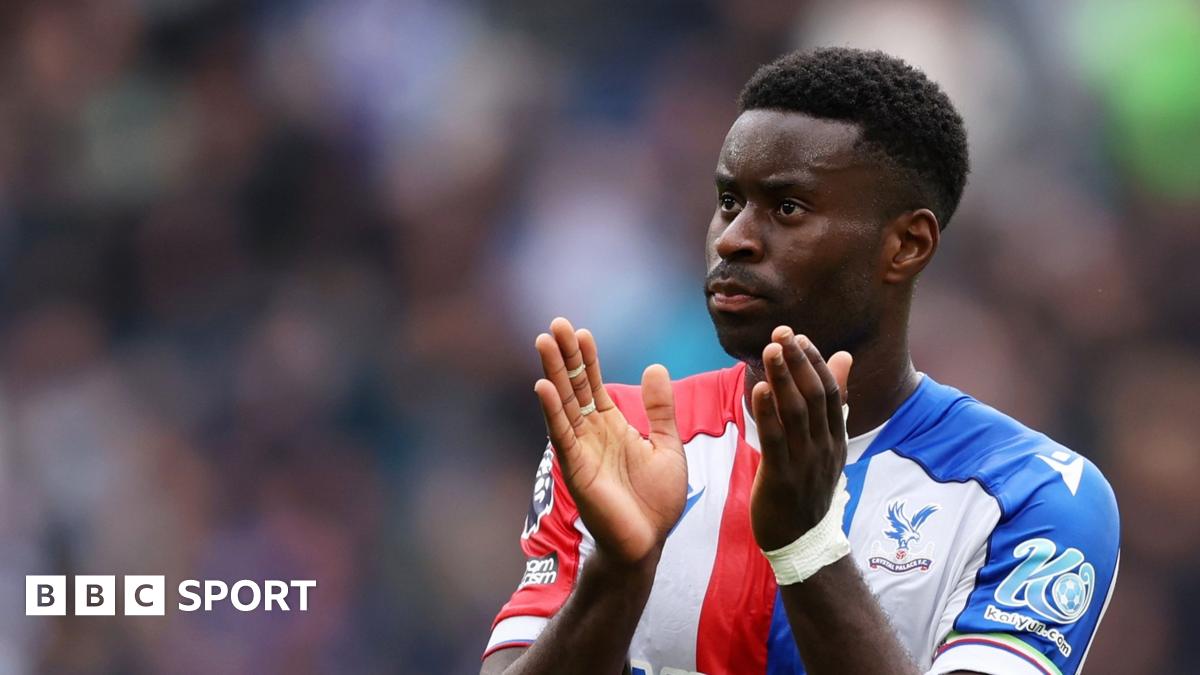
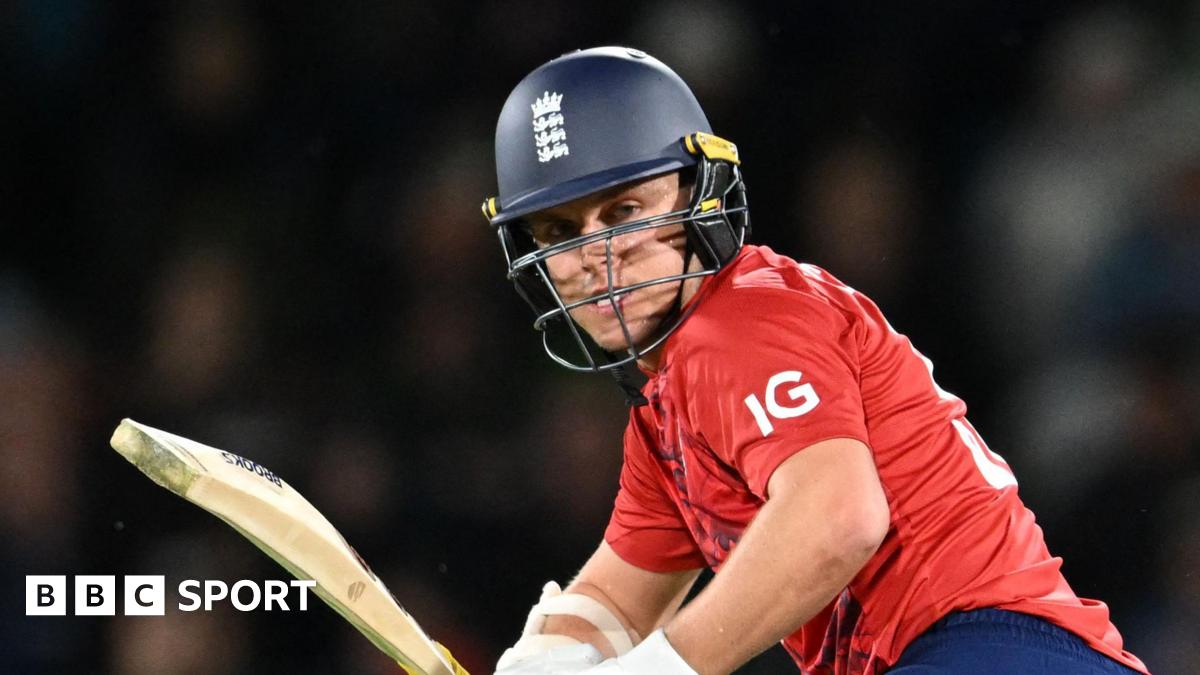

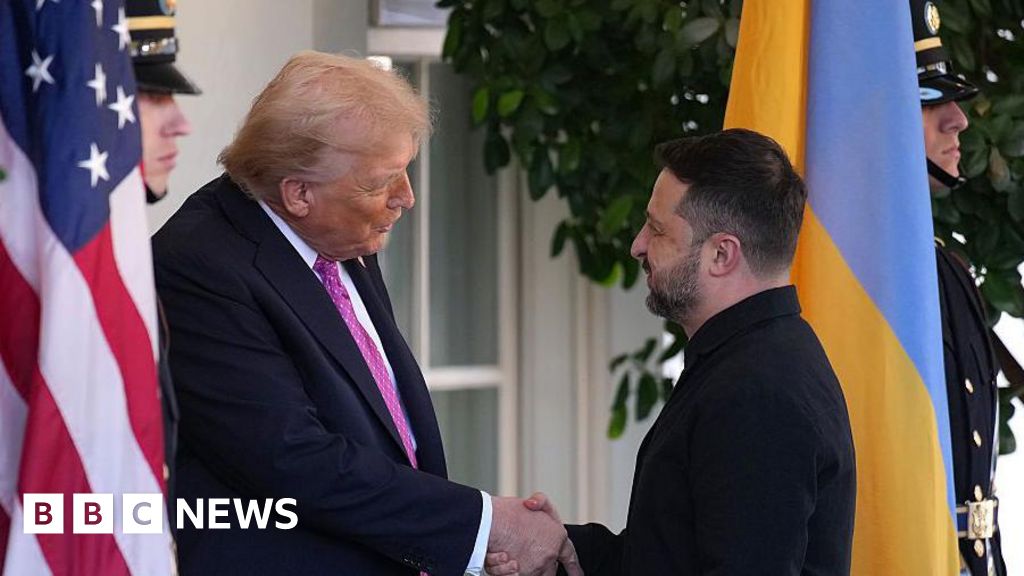

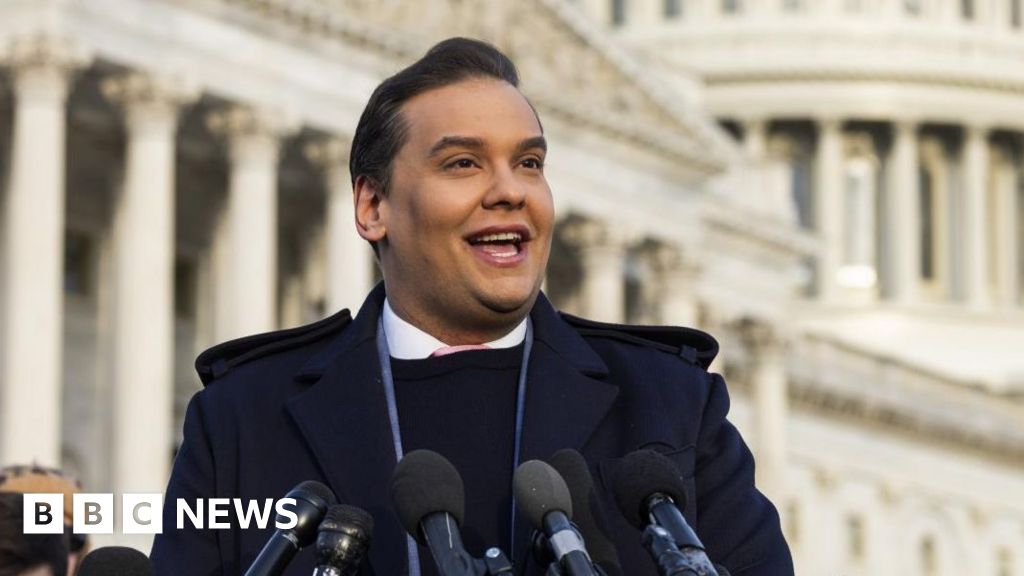




Leave a Reply